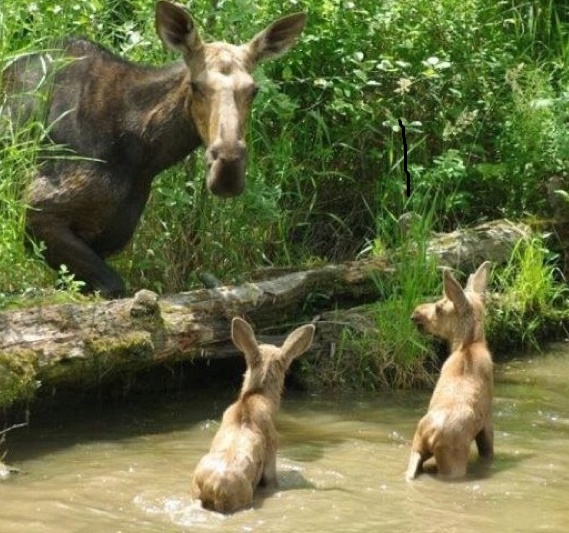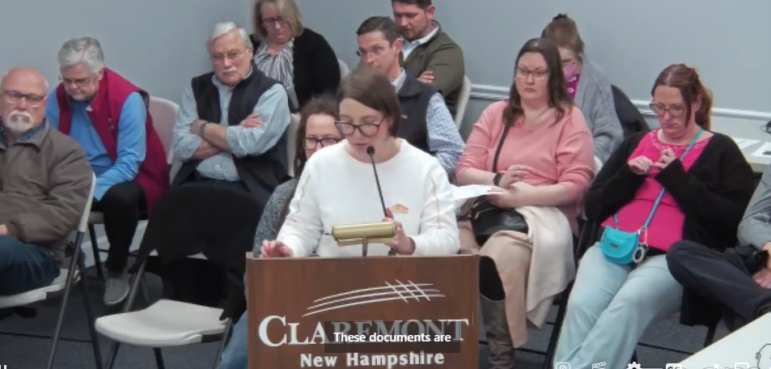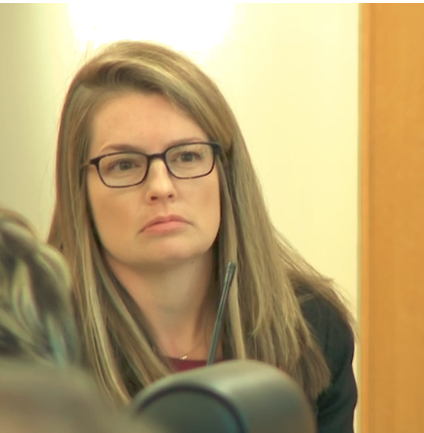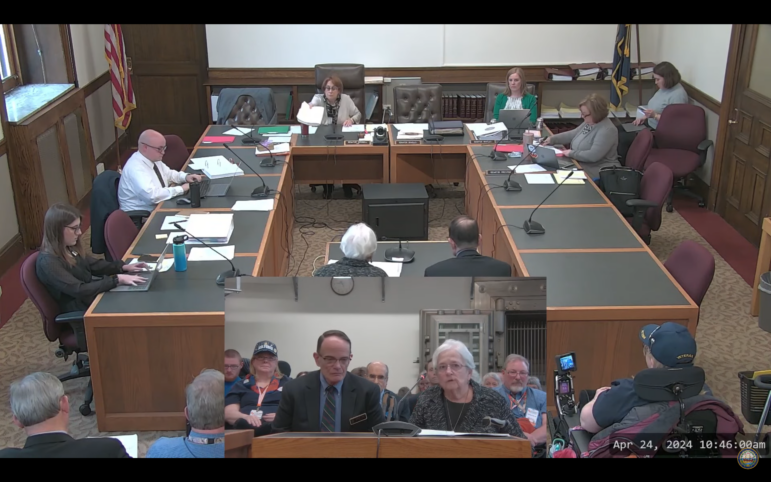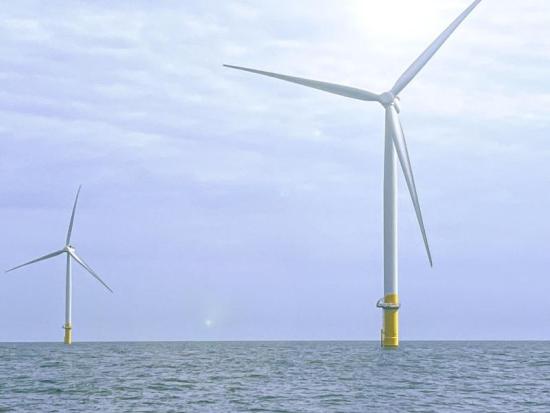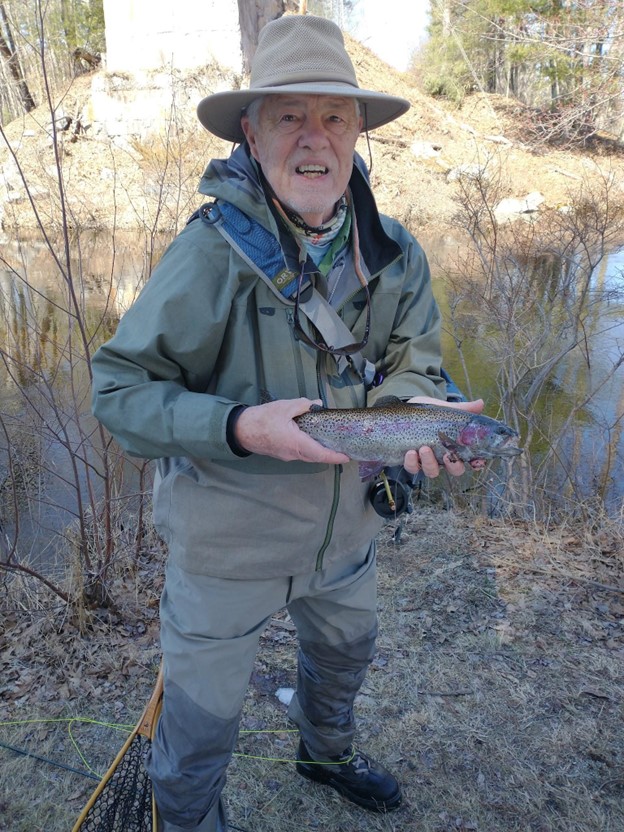By PAULA TRACY, InDepthNH.org
CONCORD – The state’s moose population will be observed by drones and 140 cameras in the woods in the next few years to help determine their population numbers and better understand their health, which is being stressed by climate.
In the past, deer hunter observations in the fall and manned aircraft observations using infrared, have found that the state has lost perhaps 50 percent of the moose since the year when they were at their population height of about 7,500.
Parasitism, mostly from winter tick and brain worm, is killing most calves before their first birthday.
The same is sadly true in neighboring Maine.
The study approved last week will work to corroborate observation numbers voluntarily collected each fall by deer hunters to get a more verified picture of the situation using unmanned, infrared technology.
It is part of a $312,404 contract with the University of New Hampshire and the state Fish and Game Department.
The use of drones is somewhat new but is seen as safer, more cost-effective and less invasive for the animals.
Henry Jones, state moose project leader said the study will include some “really excellent researchers,” and new technology.
UNH was able to get a financial match to the funds for the study which come from a federal excise tax on hunting gear through the Sportfish and Wildlife Restoration Act.
This is the first time, he said, drones have been used to study moose populations in New Hampshire. The first launch will be this winter and a report on the data is expected to be ready in the late spring, of 2024.
He said hunters provide one data point and this will add to the understanding of what is happening to the state’s moose population.
He noted that the study from 2014-18 using helicopters to drop nets and collar moose has been very helpful in understanding the decline in numbers and it has shown the increased impact of winter tick even from the last study in 2005.This is the southern edge of the moose habitat.
In 2014, the state was part of a joint health study with Maine which involved netting moose from a helicopter. https://www.wmur.com/article/43-moose-collared-in-new-hampshire-as-part-of-mortality-study/5187858#.
This study is looking more at population than health.
The sole-source contract through 2025 was approved by the Governor and Executive Council on June 1, and includes money for professional quality unpiloted aerial systems – UASs – and about 140 camera traps scattered throughout the state strapped on trees and concentrated in high habitat areas but throughout the state’s entire wildlife management units.
The department lists the state’s moose population now estimated at roughly 3,300 animals.
This is below the state’s goal of 4,000 moose and below targets in all the state’s wildlife management units.
Deer distribute the parasites throughout the mutual habitat, particularly in areas where there are more than 0.6 moose per square mile.
Deer are obligate groomers and are not as impacted, while moose are not.
When the density of deer in the habitat gets to above 12 deer per square mile, there is more of an infestation on moose, said Kris Rines, who for 35 of her 37 years as a biologist was the state’s first moose project leader.
She argues that fewer moose are better because the winter tick has no host to go to and, thus, dies.
Fellow retired wildlife biologist Eric Orff published a recent Zoom interview with Rines on Facebook on June 1 in which Rines describes the rise and fall of the moose population over her tenure.
The contract with UNH is among several wildlife contracts it holds with the New Hampshire Fish and Game Department.
The state has continued to hold a moose hunt, with hunters selected by lottery, since 1988.
While the number of permits to kill moose is now fewer than 50 for a nine-day hunt in October, that can change with public perception, data, and science.
Overseeing the hunt is the Fish and Game Commission, which includes the governor and council-appointed representatives from each of the state’s counties plus a special seacoast member.
It will meet for its monthly meeting on June 14 at 1 p.m. at the Owl Brook Hunter Education Facility in Holderness.
The meeting is open to the public and a public comment period is allowed during meetings.
“Moose are an iconic and ecologically and economically important species in New Hampshire” and the moose contract is being paid for 100 percent by federal funds, Scott Mason, executive director and Kathy Ann LaBonte, chief of business division wrote to the governor.
“They are part of the functioning ecosystem and moose-related tourism, from viewers and hunters, (who) generate substantial revenue for the state,” they wrote.
Learn more about the state’s moose population and what you can do to help at this link. https://www.wildlife.state.nh.us/wildlife/moose/index.html
